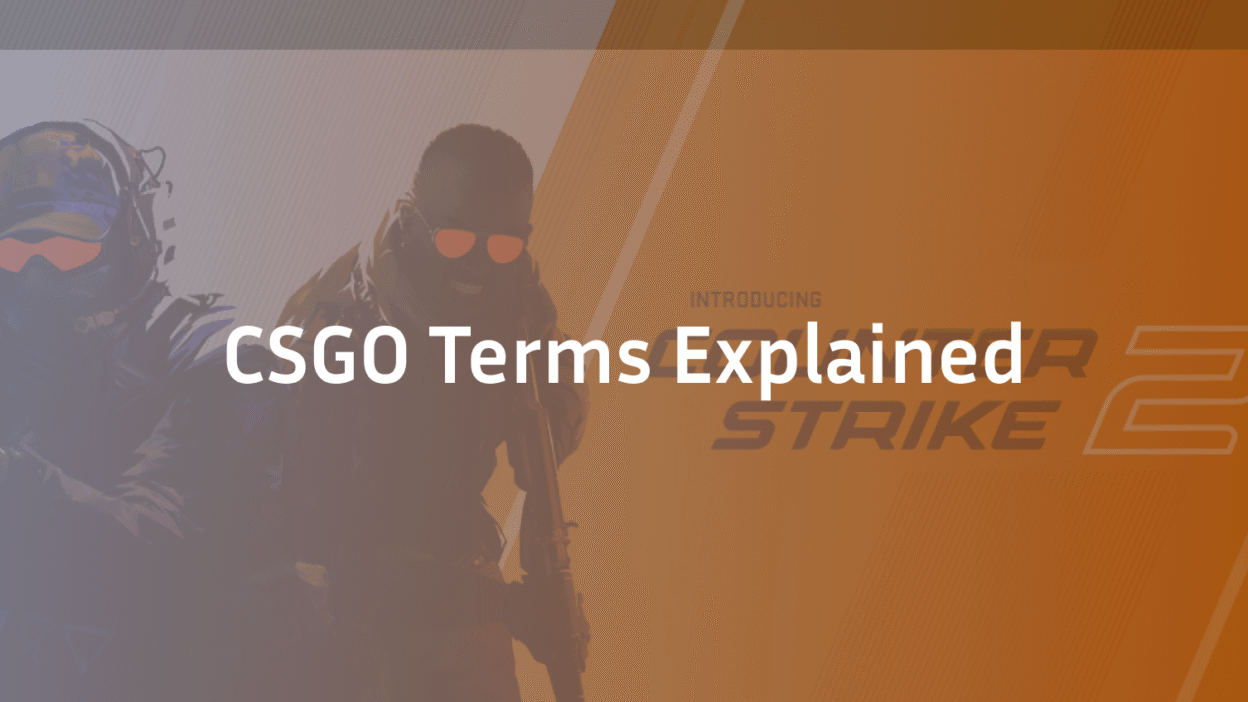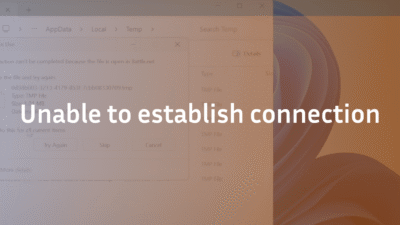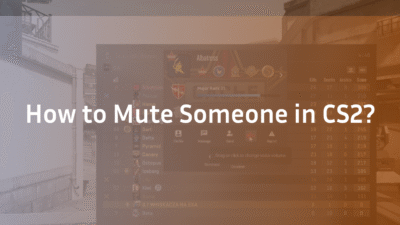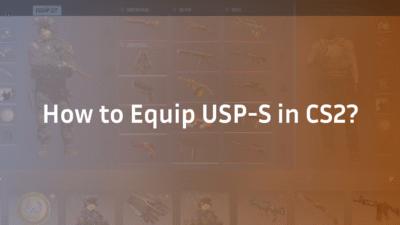The Ultimate Dictionary of CSGO Terms for CS2 Players
Communicating effectively in Counter-Strike is just as critical as landing a perfect headshot. The complex lexicon of CSGO terms, carried over into CS2, can be overwhelming for new players and a barrier to effective teamwork. Misunderstanding a callout for a default play or mistiming a rotation can instantly lose a round. This guide cuts through the confusion. We don’t just define the slang; we explain the strategic weight behind each term, turning you from a silent participant into a decisive IGL. This is the definitive resource, crafted from years of competitive experience, to help you decode the language of CS2 and leverage it to climb the CS2 Ranks.
Core Gameplay Mechanics & Round Economics
Understanding the fundamental systems of Counter-Strike is impossible without mastering the terms that describe them. This vocabulary dictates the flow of every match.
Round Structure: MR15, Overtime, and The Clock
CS:GO famously used the MR15 (Max Rounds 15) format, meaning a match could last up to 30 rounds. CS2’s Premier mode uses a modified MR12 system, shortening matches but increasing the importance of every round. If a match is tied at the end of regulation, it goes into overtime, a tense series of extra rounds with its own unique economy rules. (Learn more about match length: How Many Rounds in CS2?)
Economy Management: Eco, Force Buy, and Save Rounds
A team’s financial decisions are paramount. An eco round (short for economy round) is when a team has insufficient funds for full rifles and armor. They instead buy pistols or nothing, sacrificing the round to save money for a full buy in the following round. A force buy is a risky strategy where a team buys whatever they can afford (often SMGs, shotguns like the SWAG-7, or deagles) instead of saving, hoping to catch the opponent off-guard. Knowing when to eco or force is a hallmark of a skilled IGL. (Optimize your purchases: CS2 Buy Binds Guide)
The Goal: Bomb Plant, Defense, and Frags
The core objective remains: T-side must plant the bomb (often called the “spike”) at a site, while the CT-side must prevent the bomb plant or defuse it. Success is measured in frags (kills). The player with the most kills is the top frag, while a team kill (TK) hurts your own side. A perfect round, where one player eliminates the entire enemy team alone, is called an Ace or a Golden Ace.
Essential Combat & Movement Terminology
How you move and shoot separates beginners from experts. These terms describe the advanced techniques that define high-level play.
Aiming Techniques: From Taps to Flicks
A headshot is the ultimate goal, instantly killing an unarmored opponent. A dink is the satisfying sound of a helmet hit that doesn’t kill. To achieve this, players use various firing styles. Tap firing involves single, precise shots. Spray control is the skill of managing a weapon’s recoil pattern during automatic fire. A flickshot is a lightning-fast, reflexive aim adjustment to a target, often associated with elite AWPers.
Positioning and Peeking: Holding and Taking Angles
Positioning is everything. Holding an Angle means aiming at a spot where you expect an enemy to appear. To safely gather information, players use a jiggle peek—quickly darting in and out of cover. A dry-peek is doing this without utility, which is risky against a player prefiring common spots. A double peek, where two players swing out simultaneously, can overwhelm a holder. Mastering the counter-strafe (quickly stopping movement to become accurate) is essential for all these actions. Beware of a headglitch, a position where only a player’s head is visible over cover, making them extremely difficult to hit.
Advanced Movement: Bunny Hop and Crabwalk
While less prominent than in earlier versions, bunny hop (Bhop) refers to chaining jumps to maintain momentum. Crabwalk describes moving sideways while still facing forward, useful for holding tight alignments. Utilizing a boost (where a teammate jumps on another’s head) can access unexpected vertical positions, which can be countered by an alert opponent with a counter-boost. (For movement servers: CS2 Surf Commands)
Strategic Roles & Team Play Concepts
Counter-Strike is a team game. These terms define the roles and coordinated actions that lead to victory.
In-Game Roles: IGL, Lurker, and Support
Every team needs structure. The IGL (In-Game Leader) makes strategic calls, dictating strats (strategies) like a default (spreading out to control map space) or a focused execute. A lurker plays away from the team, hunting for information and exit frags (killing enemies as they retreat). A support player focuses on setting up teammates with utility drops and trade kills. The entry or entry-fragger is the first player into a site, tasked with getting the initial pick.
Executing Strategies: Default, Split, and Anti-Strat
A default strategy involves taking early map control in a balanced way, often at the start of a half. A common setup is the 2-1-2 defense, with two players on each site and one in the middle, or a 1-3-1 defense, which strengthens control over a key part of the map. Teams study opponents’ demos to develop anti-strats—plays designed specifically to counter an enemy’s favorite tactics.
Utility Usage: Nades, Flashes, and Stacking
Grenades are vital. A flash blinds enemies, an anti-flash is turning away from it, and a counter flash is thrown to blind a common holding position. Nade stacking is the practice of having multiple players throw their grenades (like HE grenades) into the same spot to guarantee a kill on a cornered opponent. The jumpthrow bind is a crucial script for consistently throwing grenades a maximum distance. (Master your utility: CS2 Grenade Binds and Jump Throw Bind Guide)
Communication & Culture Slang
The server has its own unique language, a blend of practical calls and ingrained culture.
Common Callouts: Sites, Angles, and Actions
Beyond map-specific calls (like those on Mirage or Inferno), general terms fly fast. “Drop” can mean both giving a weapon to a teammate or dying. “Need drop” is a request for a weapon. “Rotate” is the command for players to move from their positions to reinforce a site under attack. “Bait” is a negative term for letting a teammate die first, though baiting can be a valid tactic if communicated. A clutch describes a player trying to win a round alone against multiple enemies, a high-pressure situation.
Community Lingo: From GL HF to Cyka Blyat
Matches often start with “GL HF” (Good Luck, Have Fun) or “glhfmb” (Good Luck, Have Fun, Maybe Back). A round win might be met with “NT” (Nice Try) for the losers. At the end, “GG” (Good Game) is standard. Unfortunately, toxicity exists, with phrases like “L2P” (Learn To Play) or the Russian expletive “Cyka blyat” being common in frustrated chats.
Technical Terms: Config, Demo, and Ping
A player’s config is their custom settings file that stores all their keybinds, rates, and preferences. A demo is a replay file of a match, used for review and improvement. (How to Fast Forward CS2 Replay). Ping refers to network latency, a critical factor in peeker’s advantage. A VAC ban is Valve’s permanent penalty for cheating, which includes using aimbots or walling.
Advanced Terminology for Competitive Play
As you delve deeper into the competitive scene, you’ll encounter these niche but important terms.
Scrims and PUGs: PCW and PUG
A PUG (Pick-Up Game) is a casual, often ranked, match with random teammates. A PCW (Player-Clan War) or scrim is a practice match between two organized teams, used to test strats.
Performance Metrics: ADR, RWS, and KD
KD (Kill/Death Ratio) is a basic stat. RWS (Round Win Share) is a more advanced metric from ESEA that measures a player’s contribution to rounds won. Exit Fragging, getting kills as the last player alive on a lost round, is sometimes criticized as padding stats without impacting the round outcome.
Map-Specific Strategies: Anchor and One-and-Done Spot
An anchor is a CT player dedicated to holding a site stubbornly, often the last to rotate. A one-and-done spot is a position you can only use once per match because savvy opponents will pre-check it afterward. Successfully hiding for a ninja defuse is the ultimate high-risk, high-reward play.
Conclusion: Mastering the Language Masters the Game
The lexicon of CSGO terms is the framework upon which all strategy and communication is built in CS2. Moving from simply knowing that an AWP is a sniper rifle to understanding the role of an AWPer in a default setup is what elevates your gameplay. It transforms a group of individuals into a coordinated team capable of executing complex anti-strats and recovering from a choke. Use this guide as a reference, but true mastery comes from applying these concepts in your matches. Review your demos, pay attention to the calls made in your PUGs, and consider how your config can be optimized with buy binds and a jumpthrow bind to streamline your actions. Now, get out there, GL HF, and may you win many clutch situations. For more deep dives into specific tactics, explore our complete CS2 Maps Guide or learn how the best players set up their game with our ZywOo CS2 Settings guide.
Frequently Asked Questions (FAQ)
Q: What is the difference between a clutch and an ace?
A: An Ace means a single player killed all five enemies in a round. A clutch means a player won a round when they were the last person alive on their team against multiple enemies. You can clutch a 1v2 without it being an ace (if teammates got kills earlier). An ace is often, but not always, a clutch.
Q: What does “eco” mean in CS2?
A: An eco round (economy round) is when a team decides to spend very little money, typically only on pistols or utility. The goal isn’t to win the round but to save money for a full buy of rifles, armor, and grenades in the subsequent round. It’s a strategic sacrifice.
Q: What is an IGL and what do they do?
A: The IGL (In-Game Leader) is the strategic captain of the team. They are responsible for making mid-round calls, deciding overall strategies (strats), managing the team’s economy (calling for eco or force buys), and directing rotates. Their game sense is often more valuable than their raw aim.
Q: Is “baiting” always a bad thing?
A: Not necessarily. Uncommunicated baiting, where a player intentionally lets a teammate die to get a frag, is toxic. However, communicated baiting is a valid tactic. For example, an IGL might say, “Bait me out, I’ll flash and you trade,” using the first player’s presence to create an opportunity for the second player to get a guaranteed trade frag.
Q: What is a “default” strategy?
A: A default is an opening strategy where the team spreads out to gain map control in key areas without overcommitting to one site. It’s designed to gather information, pick off opponents who are being aggressive, and identify weaknesses in the defense before committing to a full-site execute. It’s the fundamental starting point for most professional teams’ T-side play.



